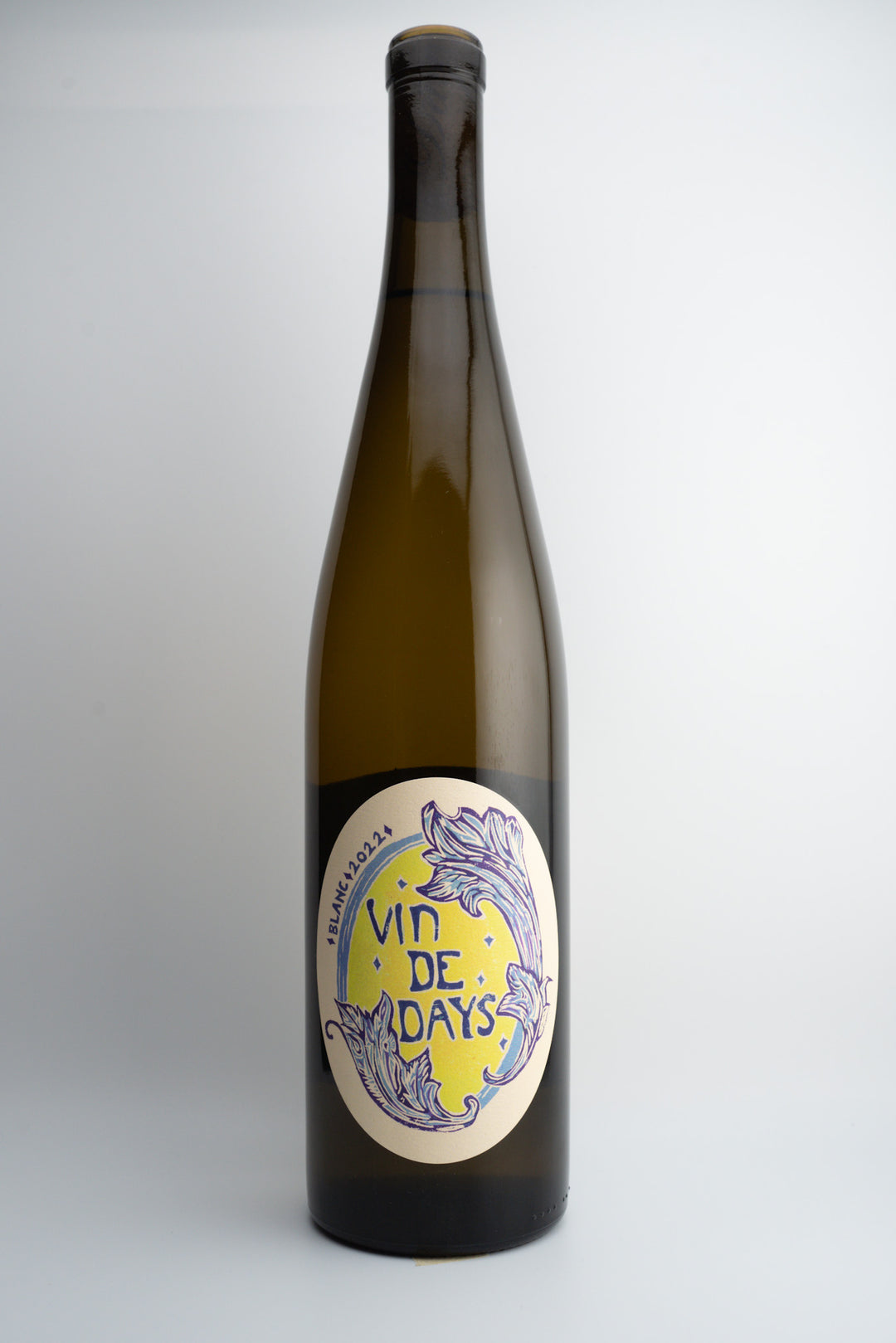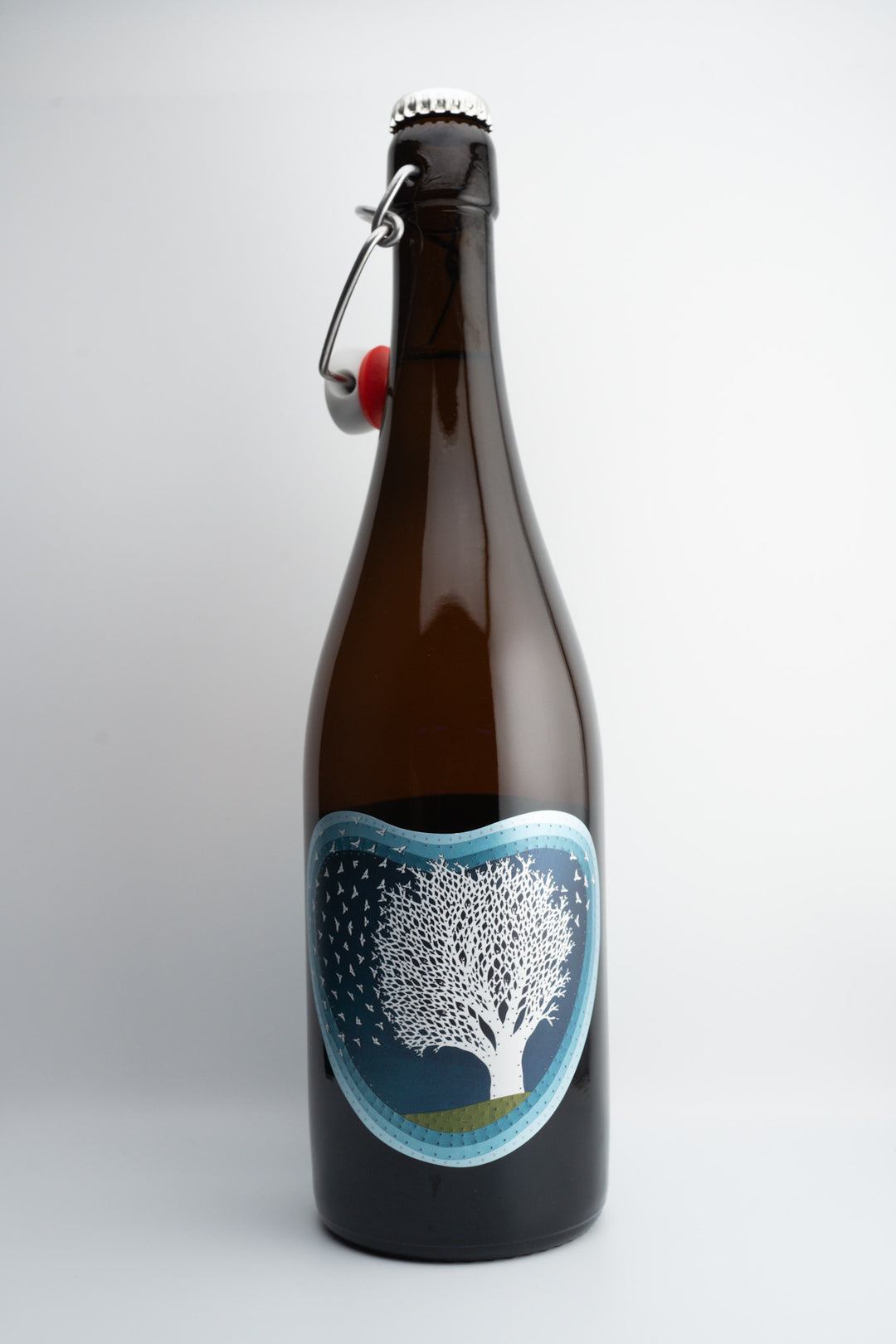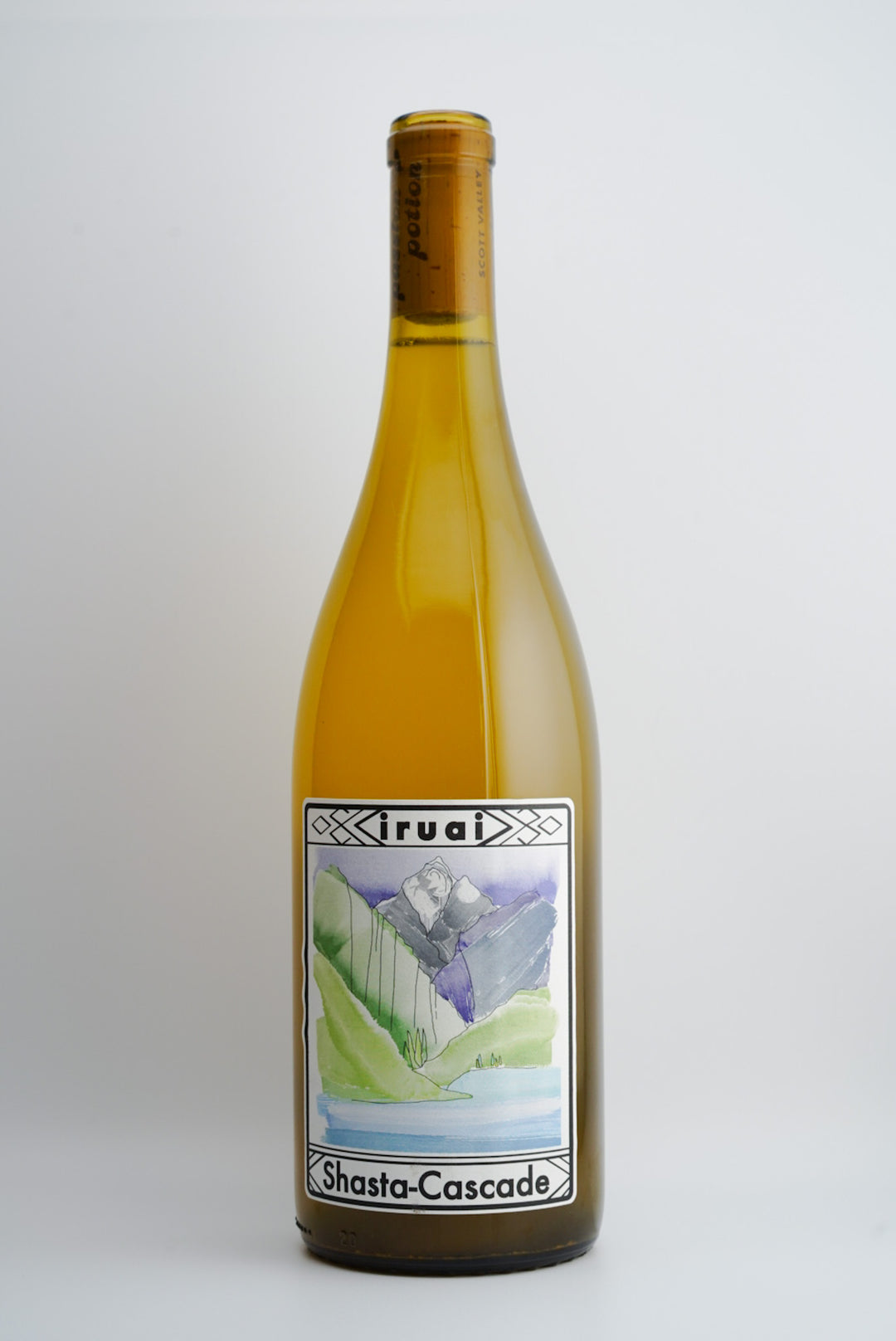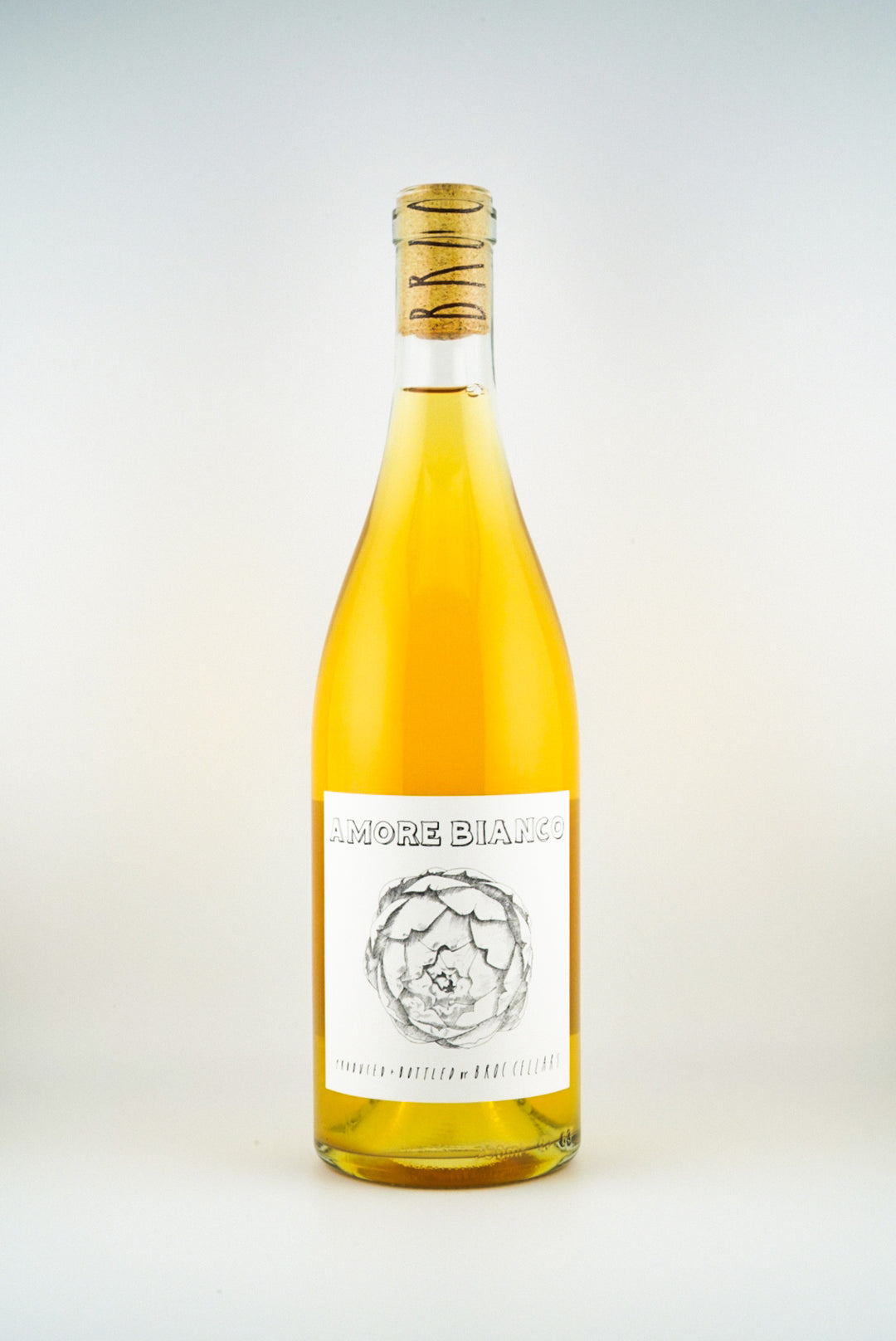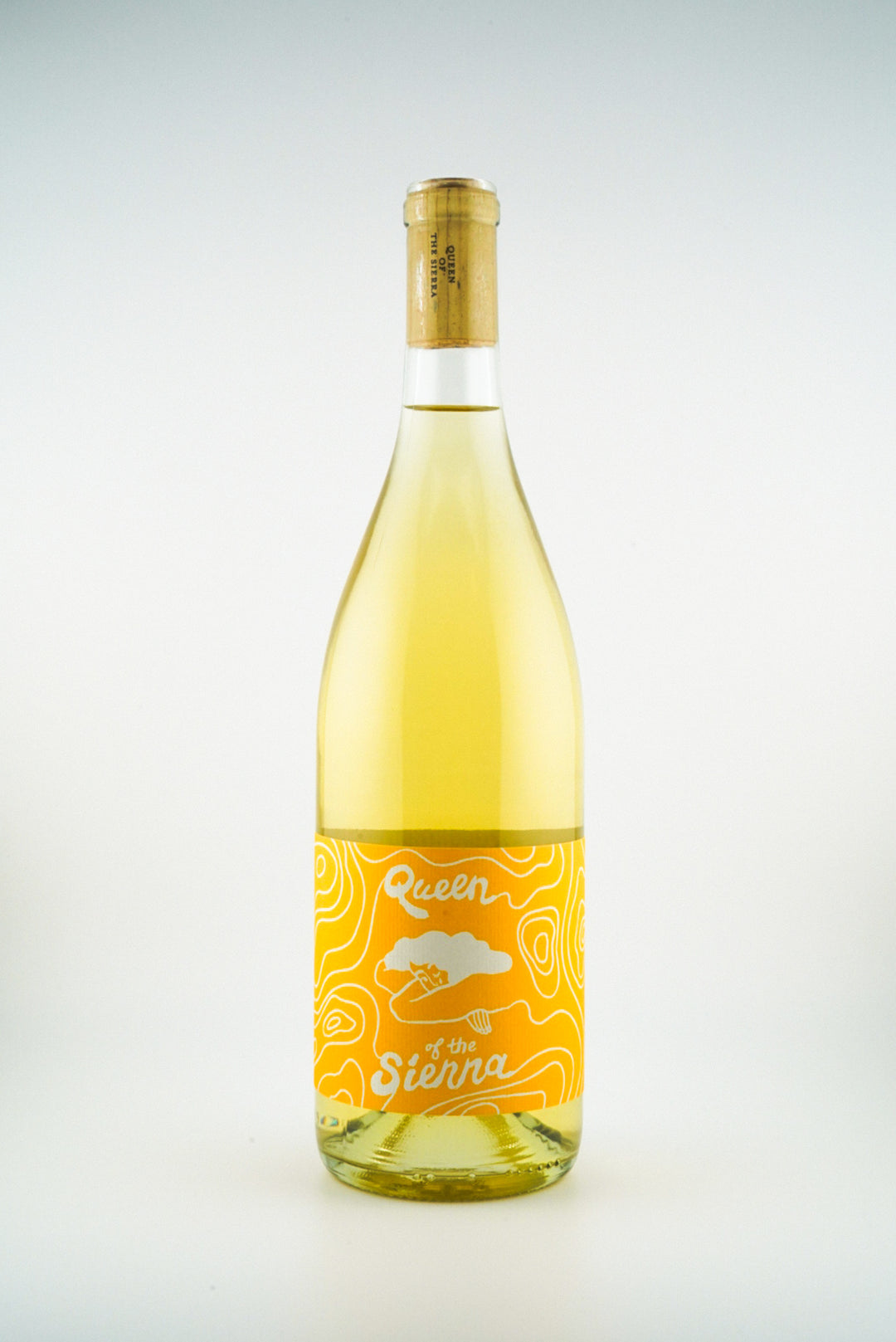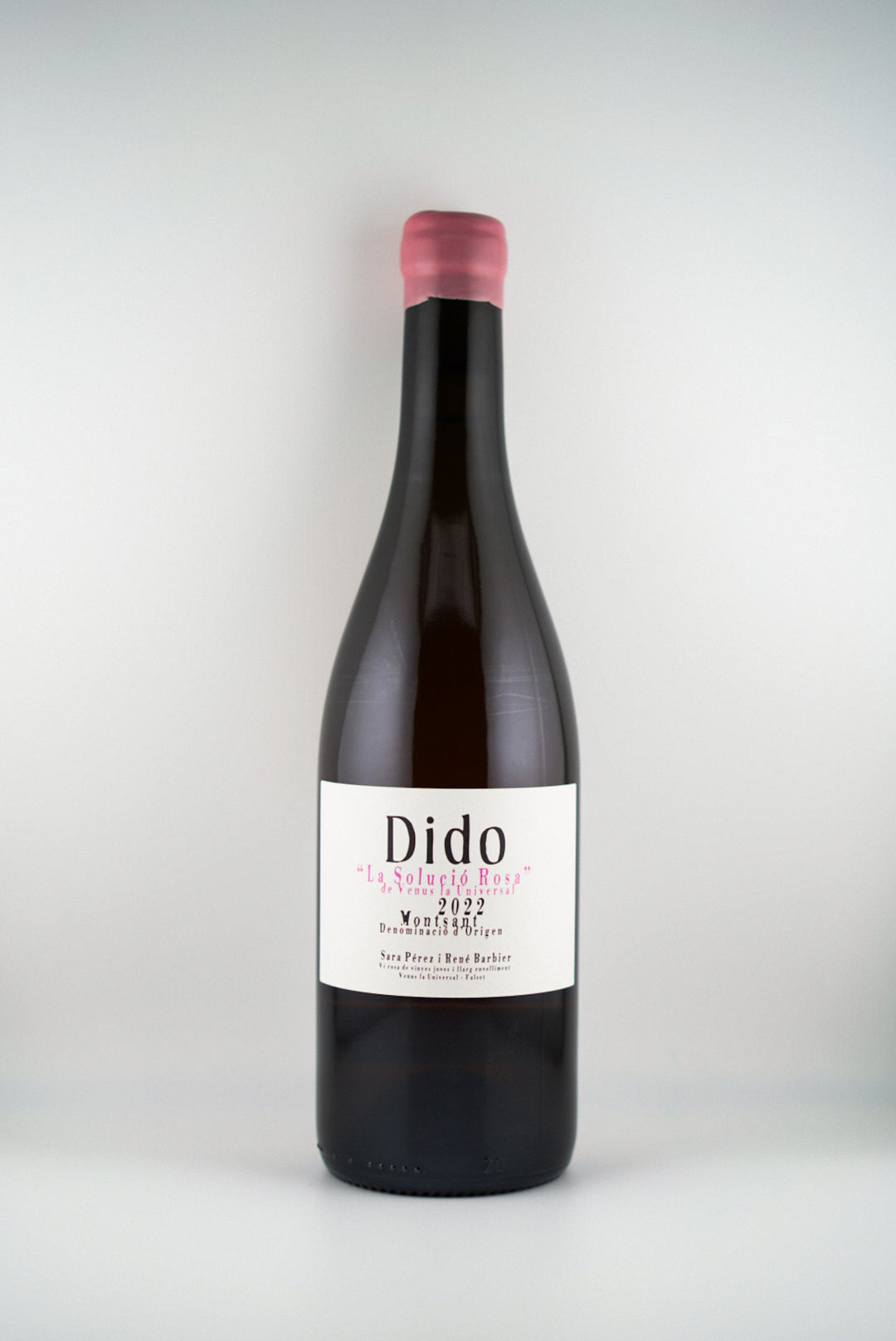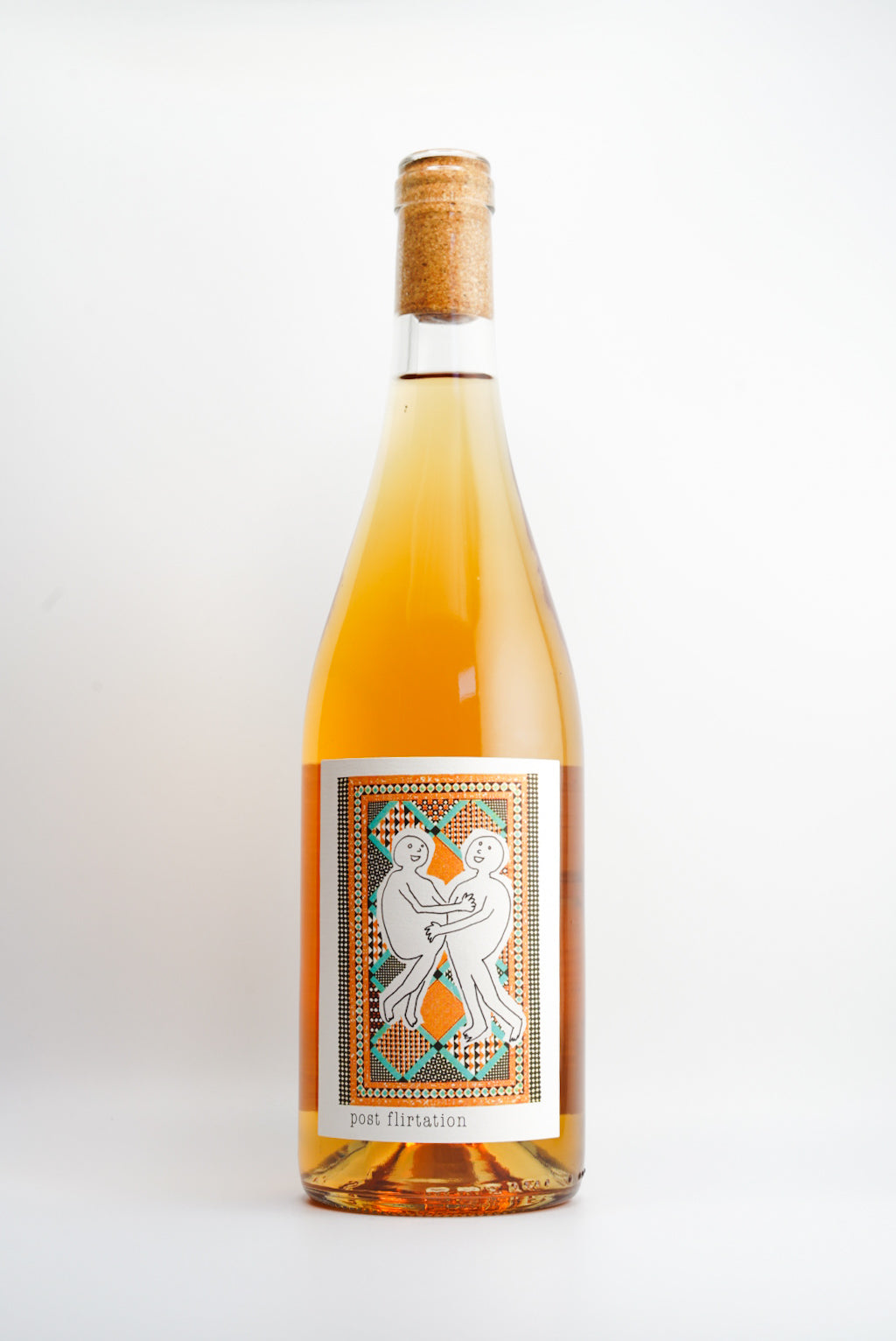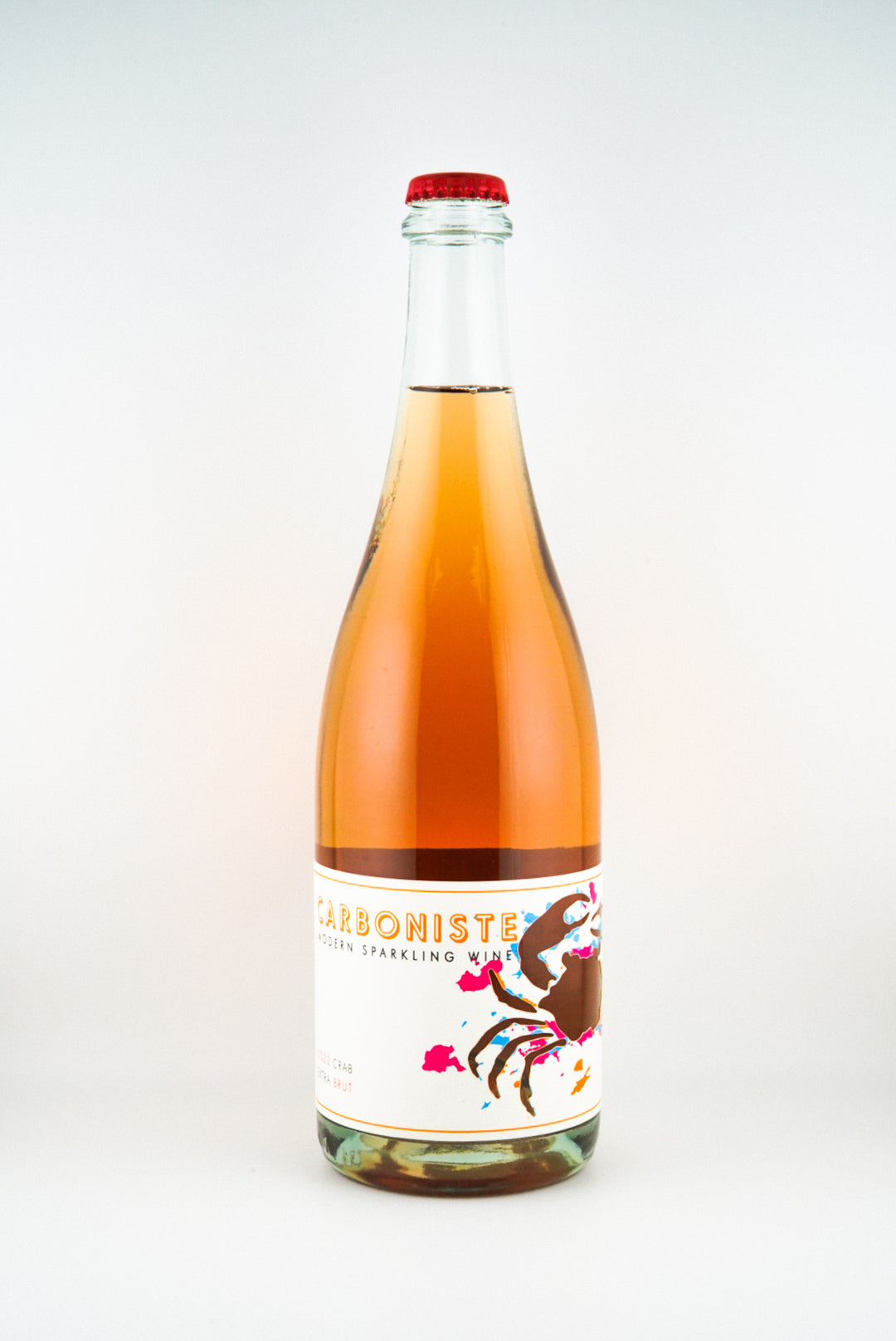Complete Oregon Wine Guide
Oregon's wine industry represents one of the most dynamic and promising wine regions in the New World. From its cool-climate Pinot Noirs rivaling Burgundy to its sustainable farming practices setting global standards, Oregon wine country offers a fascinating study in tradition, innovation, and terroir. This comprehensive guide explores everything from Oregon's diverse wine regions to recommended producers and their production methods, Oregon's market position, and future potential. Make sure to read this before shopping for Oregon wine.
Oregon Wine History and Evolution
Early Beginnings
Oregon's wine story begins in the 1840s when settlers first planted grapes in the Willamette Valley. The first recorded vineyard was established in 1847 by Henderson Luelling, who brought grape cuttings as part of his traveling nursery across the Oregon Trail. However, the modern era of Oregon wine didn't truly begin until the 1960s.
The Modern Pioneer Era
The pivotal moment in Oregon wine history came in 1965 when David Lett planted the first Pinot Noir vines in the Willamette Valley. Lett, affectionately known as "Papa Pinot," recognized the region's potential for cool-climate varieties. His Eyrie Vineyards 1975 South Block Pinot Noir would later compete successfully against Burgundian wines, putting Oregon on the global wine map.
Key Historical Milestones
- 1847: First recorded vineyard established
- 1965: David Lett plants first Pinot Noir vines
- 1979: Eyrie Vineyards places in Paris wine competition
- 1983: First AVA established (Willamette Valley)
- 2004: Sub-AVAs begin to be recognized
- 2023: Oregon reaches over 1,000 wineries
Oregon Wine Regions: Complete AVA Guide
Willamette Valley
The crown jewel of Oregon wine, the Willamette Valley AVA encompasses over 5,200 square miles and contains six sub-AVAs:
- Dundee Hills: Known for red volcanic Jory soils and elegant Pinot Noirs
- Eola-Amity Hills: Characterized by strong Van Duzer Corridor winds and mineral-driven wines
- McMinnville: Higher elevation sites with maritime influence
- Ribbon Ridge: Smallest AVA with uniform marine sedimentary soils
- Yamhill-Carlton: Ancient marine sediments producing powerful Pinot Noirs
- Chehalem Mountains: Diverse soils and elevations creating varied wine styles
Southern Oregon AVAs
Southern Oregon offers warmer climates suitable for different varieties:
- Rogue Valley: Three distinct valleys supporting diverse varietals
- Umpqua Valley: Oregon's oldest wine region with varied microclimates
- Applegate Valley: Warm days and cool nights perfect for Bordeaux varieties
Climate and Terroir
Maritime Influence
Oregon's wine regions benefit from significant maritime influence, particularly through the Van Duzer Corridor. This gap in the Coast Range allows cool Pacific air to moderate temperatures in the Willamette Valley, creating ideal conditions for cool-climate varieties. The maritime effect provides:
- Cooling afternoon breezes that help maintain acid levels
- Morning fog that protects grapes during summer heat
- Moderate temperatures that extend the growing season
- Natural protection against extreme temperature fluctuations
Soil Diversity
Oregon's complex geological history has created a remarkable diversity of soil types:
- Jory Soils: Red volcanic soils rich in iron and clay, famous in the Dundee Hills
- Willakenzie Soils: Marine sedimentary soils providing excellent drainage
- Nekia Soils: Volcanic soils similar to Jory but shallower
- Laurelwood Soils: Wind-blown loess over basalt, common in Chehalem Mountains
Varieties and Production
Key Varieties
While Pinot Noir dominates Oregon's production, the state's diverse climate allows for numerous varieties to thrive:
Red Varieties
- Pinot Noir: 59% of total production, primarily in Willamette Valley
- Cabernet Sauvignon: 7% of production, mainly in southern regions
- Syrah: Growing importance in warmer areas
- Tempranillo: Emerging variety showing promise in Southern Oregon
White Varieties
- Chardonnay: Second most planted variety, experiencing renaissance
- Pinot Gris: Oregon's leading white variety
- Riesling: Historical importance, still producing excellent wines
- Viognier: Growing well in warmer southern regions
Where to Start: Producer Guide & Style Comparisons
Pinot Noir: Your First Stop
While Burgundy whispers, Oregon Pinot sings with its own distinctive voice. Expect more immediate fruit expression balanced by structured elegance:
- Dundee Hills Style: Bergström's Silice showcases the AVA's silky red fruit and volcanic minerality
- Eola-Amity Expression: Walter Scott's Sojourner embraces wind-influenced tension and spice
- Marine Sediment Beauty: Brick House's Ribbon Ridge bottlings demonstrate the sophistication of ancient seabed soils
The Gamay Revolution
Oregon Gamay offers Beaujolais lovers a thrilling New World perspective:
- Division Wine Co.: Their "Renardière" shows Beaujolais Cru-level complexity with Pacific Northwest energy
- Brick House: Produces a Gamay that rivals Morgon's structure while maintaining Columbia Gorge freshness
- Martin Woods: Their Gamay Noir demonstrates how Oregon's volcanic soils can add distinctive minerality to this versatile grape
White Wine Renaissance
Oregon's whites are redefining New World possibilities:
- Chardonnay Leaders: Bethel Heights 'Casteel' brings Meursault-like richness with Willamette tension; Morgen Long's 'Seven Springs' channels Chablis-esque precision
- Distinctive Pinot Gris: Cameron Winery crafts an Alsatian-inspired version with Pacific salinity; Eyrie's Estate shows why Oregon made this grape its white wine calling card
- Alternative Whites: Hiyu Wine Farm's experimental whites and Antiquum Farm's Riesling prove Oregon's white wine potential extends far beyond the classics
Southern Oregon Discoveries
Venture south for varieties that showcase Oregon's diverse terroir:
- Tempranillo Masters: Abacela rivals Ribera del Duero with Pacific freshness; Red Lily shows Umpqua Valley's Spanish-variety potential
- Syrah Specialists: Cowhorn's biodynamic bottlings channel Northern Rhône with New World clarity; Quady North proves Southern Oregon's Syrah can achieve Côte-Rôtie-like complexity
- Viognier Excellence: Troon's Viognier balances Condrieu-like richness with coastal brightness
Oregon vs. Burgundy: A Detailed Comparison
Climate Parallels
Oregon's Willamette Valley (45°N) shares a similar latitude with Burgundy (47°N), leading to comparable growing conditions:
- Similar growing season temperatures
- Longer summer daylight hours in Oregon
- More consistent summer weather in Oregon
- Greater vintage variation in Burgundy
Winemaking Philosophy
Both regions share a commitment to:
- Small-production, terroir-focused wines
- Minimal intervention winemaking
- Family-owned estates
- Emphasis on single-vineyard expressions
Oregon vs. California Wine Comparison
Scale and Approach
- Oregon focuses on small-production premium wines
- California's larger scale enables broader market presence
- Oregon emphasizes cool-climate varieties
- California's diverse climate supports many varieties
Economic Comparison
Key differences in market position:
- Average Oregon vineyard: 50 acres
- Average California vineyard: 200+ acres
- Oregon land costs: $50,000-150,000/acre
- Napa Valley land costs: $300,000-500,000+/acre
Sustainable Practices
Certification Programs
Oregon leads in sustainable wine production with multiple certification options:
- LIVE Certified: Low Input Viticulture and Enology
- Organic Certification: USDA and Oregon Tilth
- Biodynamic Certification: Demeter USA
- Salmon-Safe: Water and ecosystem management
Industry Commitment
As of 2024:
- Over 50% of vineyards are certified sustainable
- Largest concentration of biodynamic vineyards in U.S.
- Growing number of carbon neutral wineries
- Industry-leading water conservation practices
Industry Analysis
Economic Impact
The Oregon wine industry continues to show strong growth:
- $7.2 billion annual economic impact
- 30,000+ wine-related jobs
- 1,000+ wineries as of 2023
- Growing direct-to-consumer sales
Market Position
Oregon's unique market position:
- Premium price positioning
- Strong restaurant presence
- Growing export markets
- Increasing brand recognition
Future Outlook
Growth Trends
Several factors point to continued growth:
- Increasing international investment
- Expansion into new varieties
- Climate change resilience
- Strong millennial market appeal
Innovation Focus
Areas of development include:
- Precision viticulture technology
- Climate adaptation strategies
- New AVA development
- Enhanced wine tourism infrastructure
Explore Oregon Wines at Harvest Wine Shop
Ready to explore Oregon's diverse wine offerings? Harvest Wine Shop features a carefully curated selection of wines from across Oregon's acclaimed regions. From Willamette Valley Pinot Noir to Southern Oregon Tempranillo, we offer both established producers and exciting newcomers.
Visit our San Diego location or shop online with shipping available throughout California. Our knowledgeable team can help you discover your perfect Oregon wine.
FAQs
Use this text to answer questions in as much detail as possible for your customers.
Use this text to answer questions in as much detail as possible for your customers.



